Test your Data Science Skills on Transformers library
Analytics Vidhya
AUGUST 17, 2022
This article was published as a part of the Data Science Blogathon. A team at Google Brain developed Transformers in 2017, and they are now replacing RNN models like long short-term memory(LSTM) as the model of choice for NLP […].

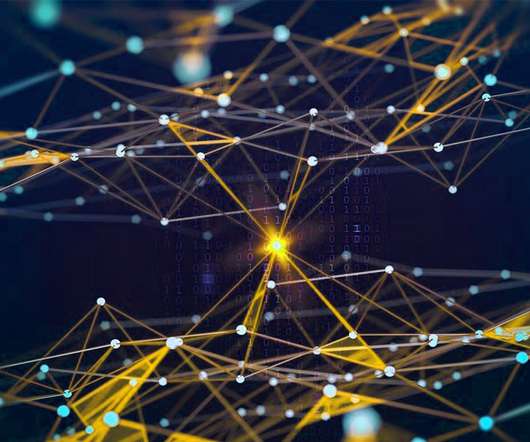



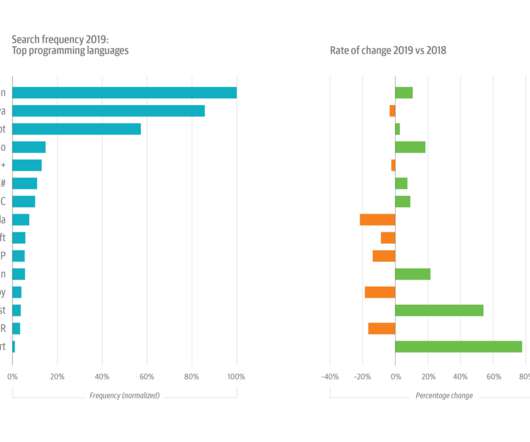



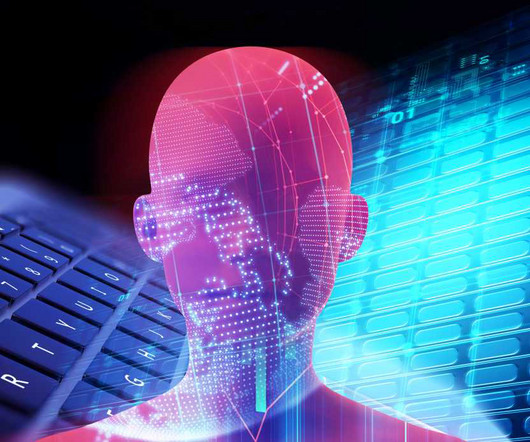
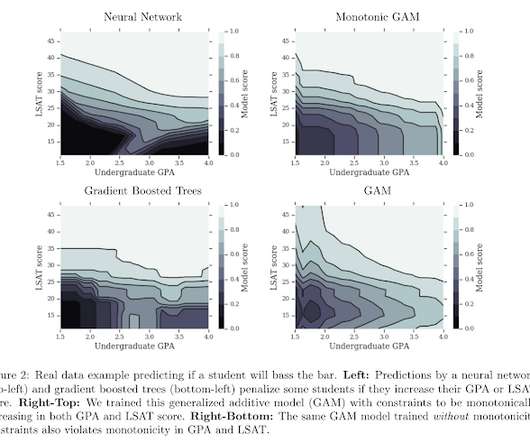







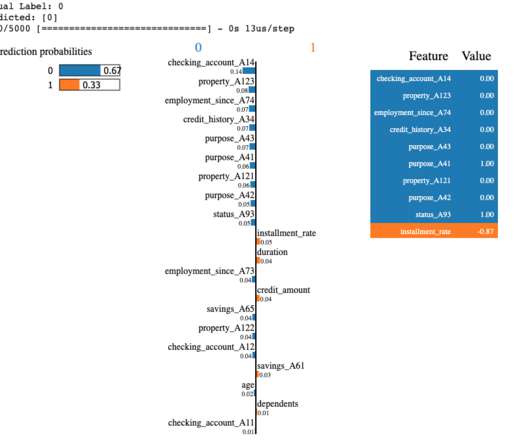
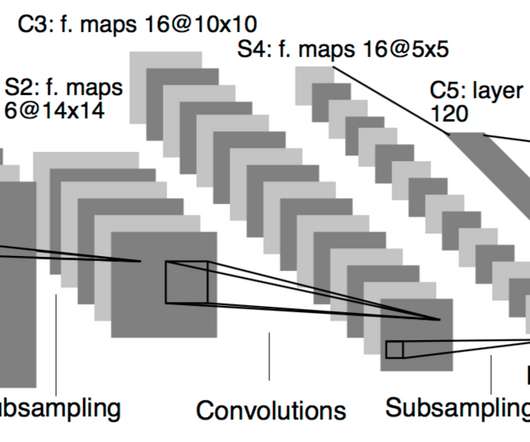









Let's personalize your content